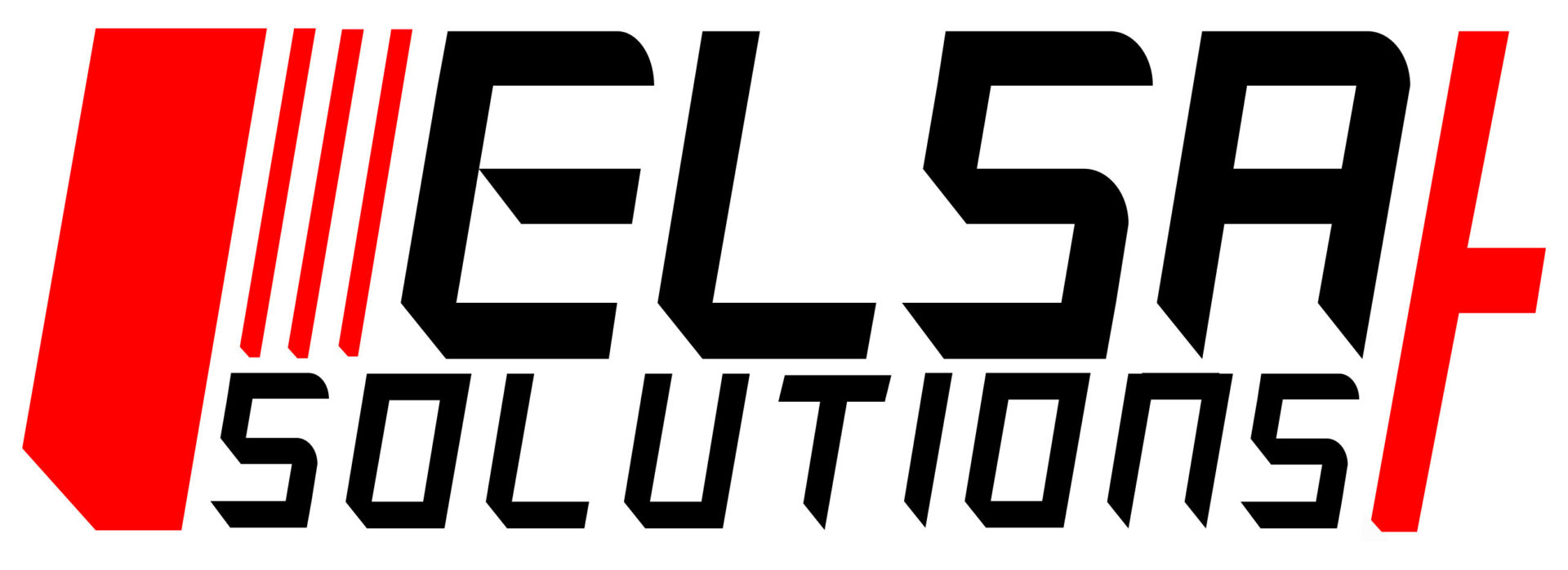JUST IN TIME OR JUST IN CASE?
The expression “Just in time” (JIT), indicates an industrial production system drive by sales, in contrast with the traditional model which provides that the goods are produced and sent to the warehouse, waiting to be sold (Push logic).
Just In Time management is based only on consumer demand, producing what and when it is requested by the latter (Pull logic). The aim is to minimize all production lead times (time between the request for demand and delivery of the finished product), management costs and waste from the accumulation of stocks, for focus only on what brings value to the customer.
Obiously, the first one that used this system were car manifactures, who saw from the outset the possibility of reducing waste and minimizing the financial costs of stocks. In fact, the first use of this technique dates back to the twenties of the last century, used by Ford, and was defined “dock to factory floor”, it means “from the quay directly to the floor of the production department”.
In 1950s it was adopted in Japan by Kiichiro Toyoda, creator of the Toyota Production System, where “each process produces only what is needed for the next process, in a continuous flow”.
Just in time supply requirements
To implement the JIT it is essential to have good transport planning and close coordination between supplier and buyer. The latter must define the optimal delivery quantities, so that orders are on time. JIT production also requires an efficient quality control. The lack of defects is essential, because, in the case of replacement of defective parts, these must be immediately re-ordered and the production need to be stopped.
BENEFITS OF THIS SYSTEM
• Reduce storage costs: goods in the warehouse are reduced and the costs of their storage are decreased.
• Management optimization and waste reduction
.• Working with minimum stock levels decreases the risk of products aging and obsolescence.
• The real requests of the customer are satisfy
• Quick problem solving, immediately identifying the presence of anomalies and waste.
• Efficiently Production Plan, in order to make more accurate sales forecasts.
However, this system has some disadvantages. The production planning must be rigorous and does’t allow to manage configuration changes of the product sold in short time, without having previously agreed the Lead Times of the different components required with the suppliers. It also causes a high dependence on the supplier, an aspect that is generally solved by adopting several alternative suppliers for the same component. It involves many risks, in fact, in the event of a blockage of the latter’s production, this affects to the entire process.
WHAT ARE THE PANDEMIC CONSEQUENCES?
The COVID-19 has affected all companies and many have suffered several interruptions in supplies, thus creating a misalignment between the recovery of demand and the slow reactivity of supply. Furthermore, the shortage of hauliers in the transport sector has led to numerous delays in deliveries, with a consequent increase in transport costs.
The shortage of warehouse stocks was evident in the initial phase of the pandemic and still today regard to electronic devices, fundamental in an era in which technology is the protagonist of everything, from smart working (which caused an inexplicable increase in tablet and laptop sales) to distance learning, from the shift in demand for cars towards hybrid and electric vehicles to incredible spending on medical devices and in medical sector. Last but not least, the microchip crisis, the causes of which remain unknown: if on the one hand Taiwan, the world’s leading chip manufacturer, still has problems in the management of the pandemic that cause production slowdowns, on the other hand there are ongoing speculations on the part of high finance and arm wrestling present among the world superpowers. Additionally, recent research from the McKinsey Global Institute, note that, on average, companies can expect losses equal to nearly 45% of a year’s profits over the course of a decade.
All these reasons have led, in more than one case, to the abandonment or suspension of JUST IN TIME as a universal method of supplier management.
JUST IN CASE
The orientation to Just In Case is the new alternative that is being proposed. The just-in-case model involves the overproduction of goods in order to have in stock, at any time, everything necessary in the event of a sudden increase in demand, for specific categories of products. The advantages of the JIC system are:
- Being able to face the increase in demand, thanks to the storage of raw materials and finished products.
- Effectively manage peaks in demand.
- Plan expenses, like transport costs, being able to organize the stages of production or dispatch to customers in advance.
JUST IN CASE, therefore, doesn’t aim at absolute efficiency and the elimination of all types of waste such as just-in-time, but at a supply security, an aspect that has become fundamental with the pandemic. However, in order to establish itself, not being able to concentrate all the warehouse stock on a single company, it’s necessary to rely on a series of suppliers able to have material ready for delivery. Also because the estimated delivery times are far from reality compared to those who have products in stock, never as today.
TECHNOLOGY IN THE JUST IN CASE SYSTEM Many companies have turned to technology, thanks to real-time tracking systems of their supply chain, so as to be able to counter any possible leak in logistics. “Digitization can provides access to supply and demand data and can provide an overview of a company’s supplier product availability, inventory and order status, and can improve an organization’s capacity and prepare to the inevitable future shock. ” Source Mckinsey.
“The main suppliers of BMW (Bosch, Siemens, Schaeffer, ..) have founded the X-Chain, an alliance focused on technology and data sharing to try to anticipate any problems in the supply chain of hundreds of smaller subcontractors.” Source Il Sole24Ore.
In conclusion, we can say that, although just-in-time significantly reduces storage costs, it exposes the company to the risk that any logistical mishap could damage the relationship with customers. While the just-in-case avoids that in the face of supply chain interruptions, deep problems arise compromise relationships with customers.


